Situated in the central region of Kenya, Meru National Park is one of the many testament to the natural splendor of Kenya’s land.
This article will provide you with a guide on the history, the attractions, and how to plan a trip to one of the least-known but very rich wildlife areas in East Africa.
The Meru National Park: The Untamed Wilderness
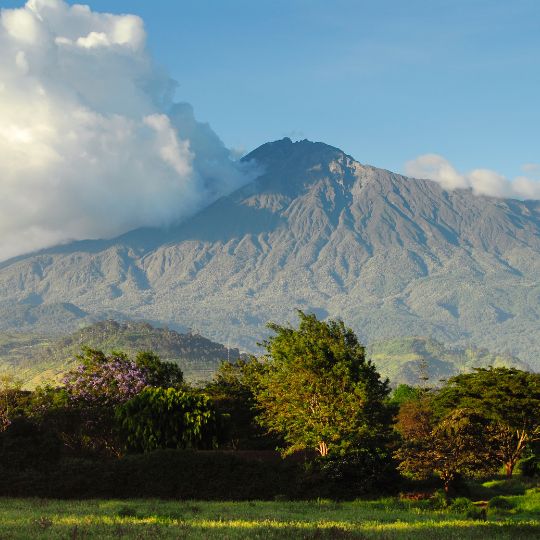
Meru National Park was established in 1966 and is spread wide, with an estimated area of 870 sq. kilometers, and is located in the central part of Kenya.
This park is located about 350 Km northeast of Nairobi and can be described as a rich and complex ecosystem that has dominance of the Riverine Forest, Savannah grassland, and Swampy ground.
A Park Reborn
Primarily, this area is located in Meru National Park, which, although experienced some difficulties in the 1980s and 1990s because of poaching. Conservationists’ collaborative endeavors have helped to recreate it as one of the best and most unspoiled safari destinations.
Wildlife Wonders in Meru

The Big Five and Beyond
Meru National Park is home to an impressive array of wildlife, including all of the Big Five:
- African elephants
- Lions
- Leopards
- Cape buffalos
- Both white and the black rhino
However, the fauna of this park does not end there. Visitors can also spot:
- Cheetahs
- Hippos
- Reticulated giraffes
- Grevy’s zebras
- Different types of antelopes such as Indigenous kudu and oryx
A Birdwatcher’s Paradise

This is because Meru has well over 300 bird species that have been documented in the park. Some notable species include:
- Red-necked falcons
- Pel’s fishing owl
- Heuglins courses
- Brown-backed woodpeckers
Geographical Marvels
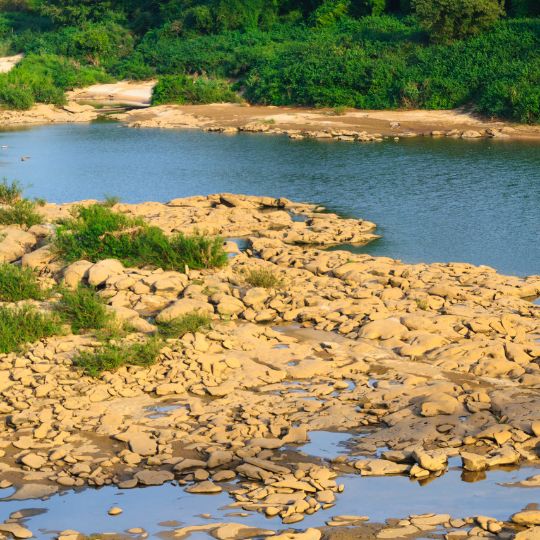
Rivers and Swamps
The park has thirteen rivers and many small streams crossing the park, and, therefore, it appears green even during the dry seasons. The Tana River, Kenya’s longest river, forms the southern boundary of the park, while other notable water bodies include:
- Rojewero River
- Ura River
- Mutundu River
Besides, there are water channels that feed different ecosystems that are excellent tracking and fishing grounds.
Adamson’s Falls
Situated along the Tana River, the water feature is called Adamson’s Falls in honor of the conservationists George and Joy Adamson. It has become a point on interest for tourist especially for those who like photography and nature.
The Elsa Legacy: Born Free in Meru
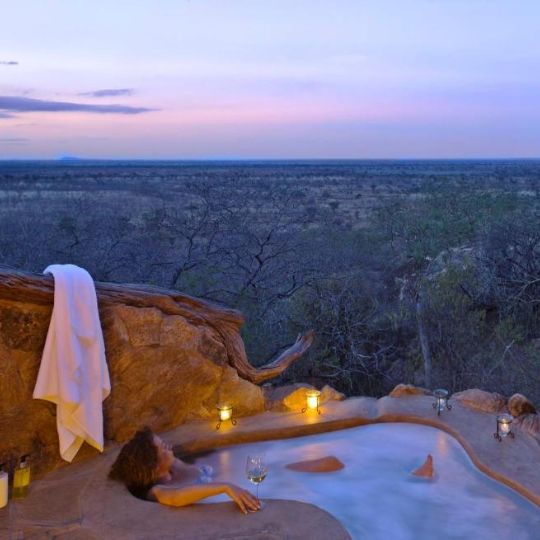
Meru National Park gained international fame through the book and film “Born Free,” which chronicled the story of Elsa the Lioness. George and Joy Adamson raised and released Elsa back into the wild in this very park, cementing Meru’s place in conservation history.
Elsa’s Kopje
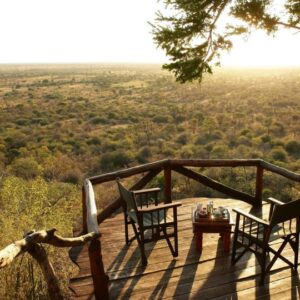
It is possible to stay at Elsa’s Kopje, an up-market camp established at the location where George Adamson lived. This is a beautiful lodge that has a Vistara view of the park and it’s a hall of fame of what the Adamsons accomplished.
How to Plan Your Trip to Meru National Park
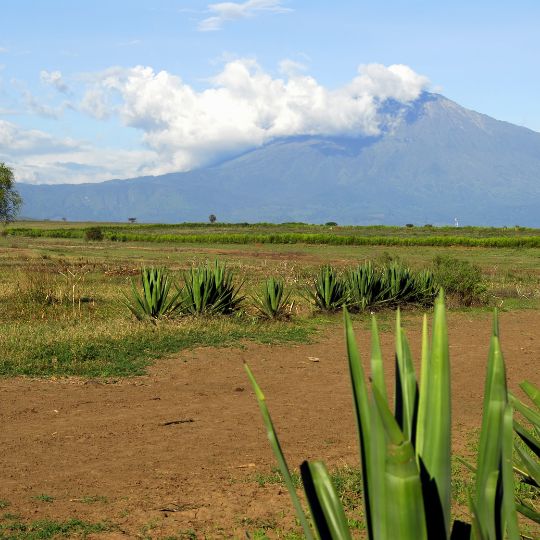
Best Time to Visit
The best time to visit Meru National Park is during the dry seasons:
- Mid-June to mid-October
- December to March
These times provide the best opportunities to view animals because they gather around water sources in large numbers.
How to Get There
By Air:
- Daily flights are available from Nairobi’s Wilson Airport to Meru National Park’s airstrips.
- The park has four main airstrips: Kinna, Mulika, Elsa’s Kopje, and Meru Mulika.
By Road:
- From Nairobi, it’s a 350-kilometer drive through Embu and Meru town.
- It is undertaken in approximately 5-6 hours if the roads are fairly smooth.
Park Fees and Charges
As of 2024, the park fees for Meru National Park are:
- Foreign adults: Agent cost of seventy US dollars per day
- Kenyan citizens: KES 1500 per day.
- Vehicle entry fee: The cost of taking a car is KES 1000
Accommodation Options
Meru National Park offers a range of accommodation options to suit different preferences and budgets:
- Elsa’s Kopje Lodge: There are spacious and comfortable rooms that offer beautiful scenery.
- Rhino River Camp: This is a basic type of facility: a classic safari camp located right on the doorstep of the park.
- Offbeat Meru Camp: A very personal and exclusive camping site at the Bisanadi River.
- Meru Mulika Lodge: An easily accommodated choice that is under the management of the Kenya Wildlife Service.
- Camping: There are several public campsites within them, which will be of interest to anyone who feels like getting their feet wet.
Some of the activities that tourists in Meru National Park engage in include the following:
Game Drives
Meru is mainly a game park that allows game drives where guests get a chance to encounter various animals in the wild. Night and day drives are offered, each offering a unique view of what goes on in the park.
Guided Nature Walks
On foot, the parks invite visitors accompanied by experienced rangers to view or discover the tiny peripherals of the parks.
Fishing
There are fishing activities in Tana River where campers can lure catfish and Barbus fish.
Cultural Visits
Spend time with indigenous people to understand their cultural values and practices which puts a cultural spin on your safari.
Conservation Efforts in Meru
This park is leading in the conservation agenda in Kenya’s Meru National Park. The park has accommodation for black and white rhinos to be saved from poachers through the rhino sanctuaries. Also, there are daily monitoring and research activities aimed at the long-term conservation of various species within the park.
Conclusion
Overall, Meru National Park gives tourists an enchanting mix of natural gems such as beautiful sceneries, wildlife and history. Due to its relatively low number of visitors, it is the perfect place for people willing to have a typical, not very commercial safari vacation. Situated in the Meru District, the park has become a symbol of Kenya’s efforts in the preservation of the nation’s wildlife industry such as the famous Elsa the lioness.
Regardless of whether one is a wildlife lover, a birding enthusiast, a hobbyist or an adventurer who seeks to explore the wild side of Africa, then Meru National Park provides a thrilling experience. Visit this destination and explore Kenya’s desolate area and enjoy your time in the wild.





